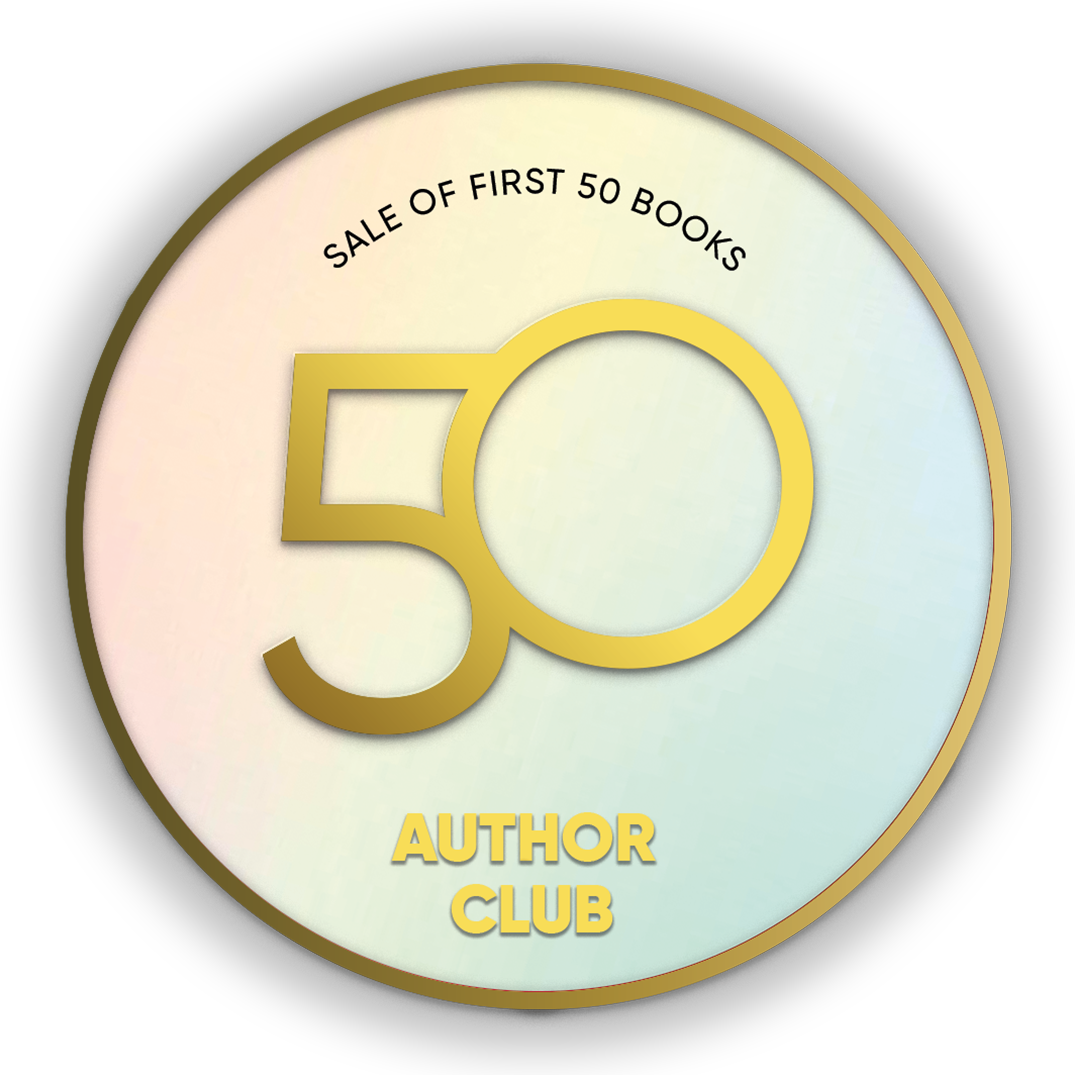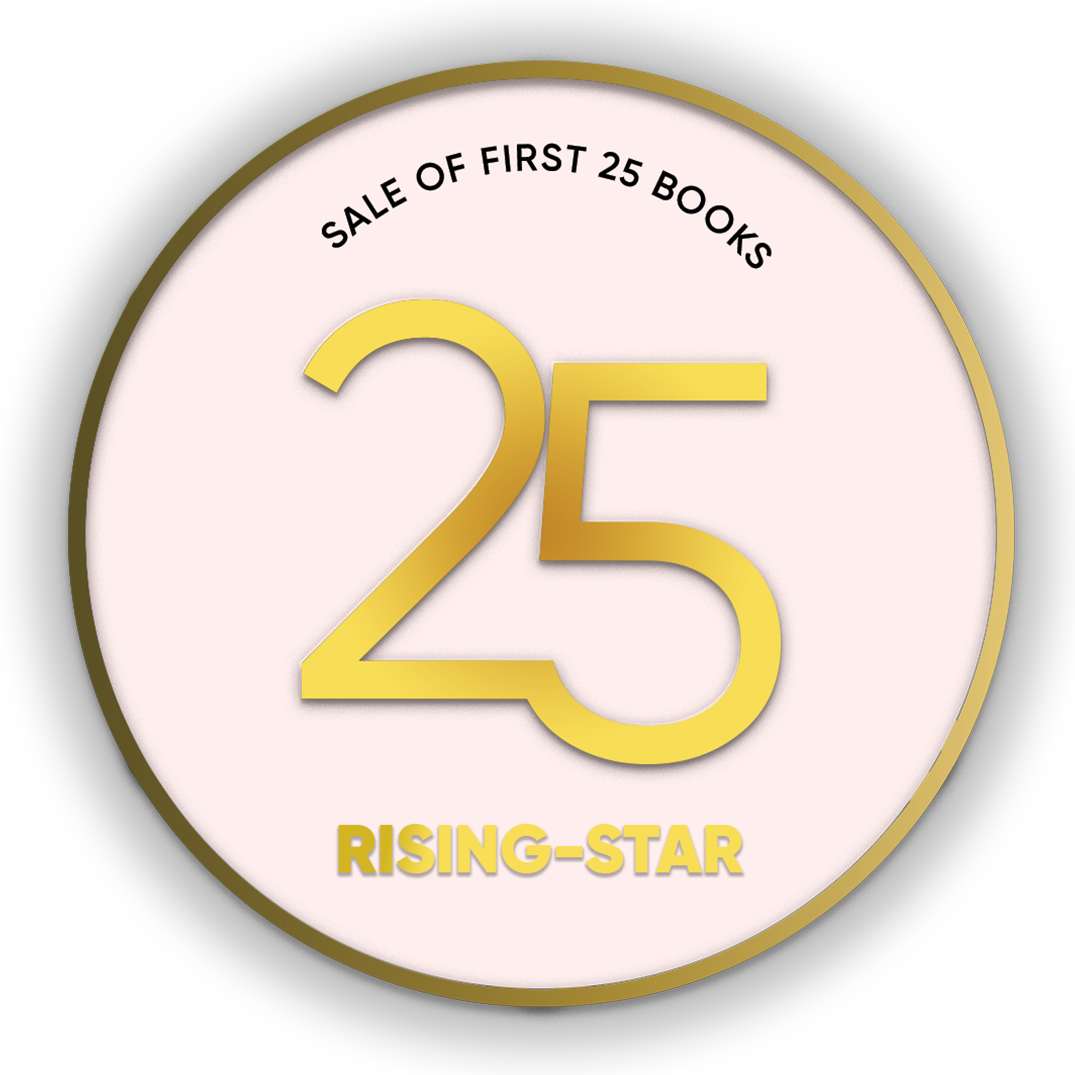Blood Brain Barrier in Drug Delivery
Books by Dr. Dilpreet Singh
Early chapters provide an overview of the unique pharmacokinetics of brain
exposure. The fundamentals of drug binding to CNS tissue and plasma are described,
with emphasis on the primary role of free drug concentration in determining in vivo
efficacy. Free drug concepts have recently been widely accepted in the field and are
crucial for researchers to understand and apply in practice.
Advancements in Transdermal and Intradermal Drug Delivery
Books by Dr. Dilpreet Singh
Recently, the transdermal route has vied with oral treatment as the most
successful innovative research area in API delivery. In the USA (the most
important pharmaceutical market), out of 129 API delivery products
under clinical evaluation, 51 are transdermal or dermal systems; 30% of 77
candidate products in preclinical development represent such API
delivery. The worldwide transdermal patch market approaches $20 billion,
yet is based
Companion on Drug Regulatory Submissions
Books by Dr Dilpreet Singh
A formal submission to the United States Food and Drug Administration is a professionally frightening proposition. There is a great deal at stake: the submission can lead to permission to move forward with a drug development project, with the promise of patient improvement and corporate profits. The
submission represents the tightest of bottlenecks in that development process: delays affect every other part of the operation, leading to criticism from clini
Handbook of Blood Brain Barrier, Peptides and Amino Acids
Books by Dr. Mudit Kumar
The interstitial fluid (rSF) of the brain is separated from the blood by the
blood-brain barrier (BBB). This barrier must not be thought of as a single
entity or as an absolute restriction to all molecules, but as a multiple structure
located at several sites within the brain. The first of these interfaces is located
at the endothelium of the brain capillaries. Secondly there is a potential site
for interchange on the outer linings of the b
Nanomedicine Based Targeted Drug Delivery System Strategies
Books by Prof. Ajeet Singh
Long before the worldwide adoption of nanotechnology, and indeed from ancient until recent times, nanoscale substances have been utilized for countless purposes without undue attention to their size. Until the present-century nanotechnology-based research and development, basic and applied scientists had not intentionally investigated whether nanoscale substances possess unique properties that render them appropriate for special applications. Indeed, the basic
Nanomedicine based Therapuetics
Books by Dr. Dilpreet Singh
The shortcomings of current treatment of AIDS range from undesirable
side effects, incomplete eradication of human immunodeficiency virus
(HIV) and an increase in the emergence of drug resistant viral strains.
Owing to these limitations, there has been a paradigm shift in the approach
of researchers as they now focus on the development of new drugs. More
convenient drugs will have enhanced activity, lesser or no side effects
and satisfa
एक शुद्ध आत्मा
Books by डॉ दिलप्रीत सिंह
किसी विशेष के लिए कविताएँ ; वह दुनिया की सबसे अच्छी लड़कियों में से एक है
किसी विशेष के लिए कविताएँ ; वह दुनिया की सबसे अच्छी लड़कियों में से एक है
किसी विशेष के लिए कविताएँ ; �
Statistical Methods in Human Genetics and Molecular biology
Books by Dr. Dilpreet Singh
This book contains information obtained from authentic and highly regarded sources. Reasonable efforts
have been made to publish reliable data and information, but the author and publisher cannot assume
responsibility for the validity of all materials or the consequences of their use. The authors and publishers
have attempted to trace the copyright holders of all material reproduced in this publication and apologize to
copyright holders if perm
एक खूबसूरत शख्सियत
Books by डॉ दिलप्रीत सिंह
यह काव्य पुस्तक किसी विशेष गिरी के लिए समर्पित है.
डॉ. दिलप्रीत सिंह आईएसएफ कॉलेज ऑफ फार्मेसी, मोगा में एसोसिएट प्रोफेसर के पद पर कार्यरत हैं। वह बी.फार्मेसी में गोल्ड मेडलिस�
ADVANCED DRUG DELIVERY SYSTEMS
Books by Dr Dilpreet Singh
When designing NCs for clinical applications, it should be clear that their systemic administration generates important modifications. In particular, the nonspecific interaction between NC surface and bloodstream proteins leads to the adsorption of opsonins on NCs, forming the so-called “protein corona.” These proteins substantially change the bare material properties determining the removal of NCs from circulation by the reticuloendothelial system
Computational Approaches for Drug Solubility Measurements
Books by Dilpreet Singh
olubility, the phenomenon of dissolution of solute in solvent to give a homogenous system, is one of the important parameters to achieve desired concentration of drug in systemic circulation for desired (anticipated) pharmacological response. Low aqueous solubility is the major problem encountered with formulation development of new chemical entities as well as for the generic development. More than 40% NCEs (new chemical entities) developed in pharmaceutical
Vesicular Drug Delivery Based Strategies
Books by Dr Dilpreet Singh
Vesicular drug delivery system can be defined as highly ordered assemblies consisting of one or more concentric bilayers formed as a result of self-assembling of amphiphilic building blocks in presence of water. Vesicular drug delivery systems are particularly important for targeted delivery of drugs because of their ability to localize the activity of drug at the site or organ of action thereby lowering its concentration at the other sites in body. Vesicular
Targeted Lipid Based Carriers for Improved Drug Delivery
Books by Dilpreet Singh
Description
Lipid Nanocarriers for Drug Targeting presents recent advances in the area of lipid nanocarriers. The book focuses on cationic lipid nanocarriers, solid lipid nanocarriers, liposomes, thermosensitive vesicles, and cubosomes, with applications in phototherapy, cosmetic and others. As the first book related to lipid nanocarriers and their direct implication in pharmaceutical nanotechnology, this important reference resource is ideal for biomateri
Targeted Nanocarriers for Futuristic Drug Delivery
Books by Dr Dilpreet Singh
Drug Delivery Systems examines the current state of the field within pharmaceutical science and concisely explains the history of drug delivery systems, including key developments. This book covers the fundamentals, oral taste masking, and practical applications of drug delivery. In this book, almost all chapters from the previous are retained and updated and several new chapters added to make a more complete resource and reference.
• Helps reader































